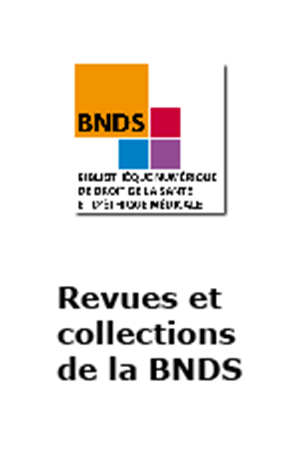0
Panier
0 €

Les produits médicamenteux de la pharmacopée traditionnelle chinoise et autres spécialités asiatiques en Polynésie française (matières premières, ingrédients, spécificités, RCP).
Theme :
Droit international,européen et comparé de la santé
,
Droit pharmaceutique et des produits de santé
,
Exporter vers RIS
Télécharge un fichier pour utilisation dans EasyBib, Mendeley, Zotero, etc.
EXPORTER vers RIS
Télécharge un fichier pour utilisation dans EasyBib, Mendeley, Zotero, etc.
EXPORTER vers RIS


